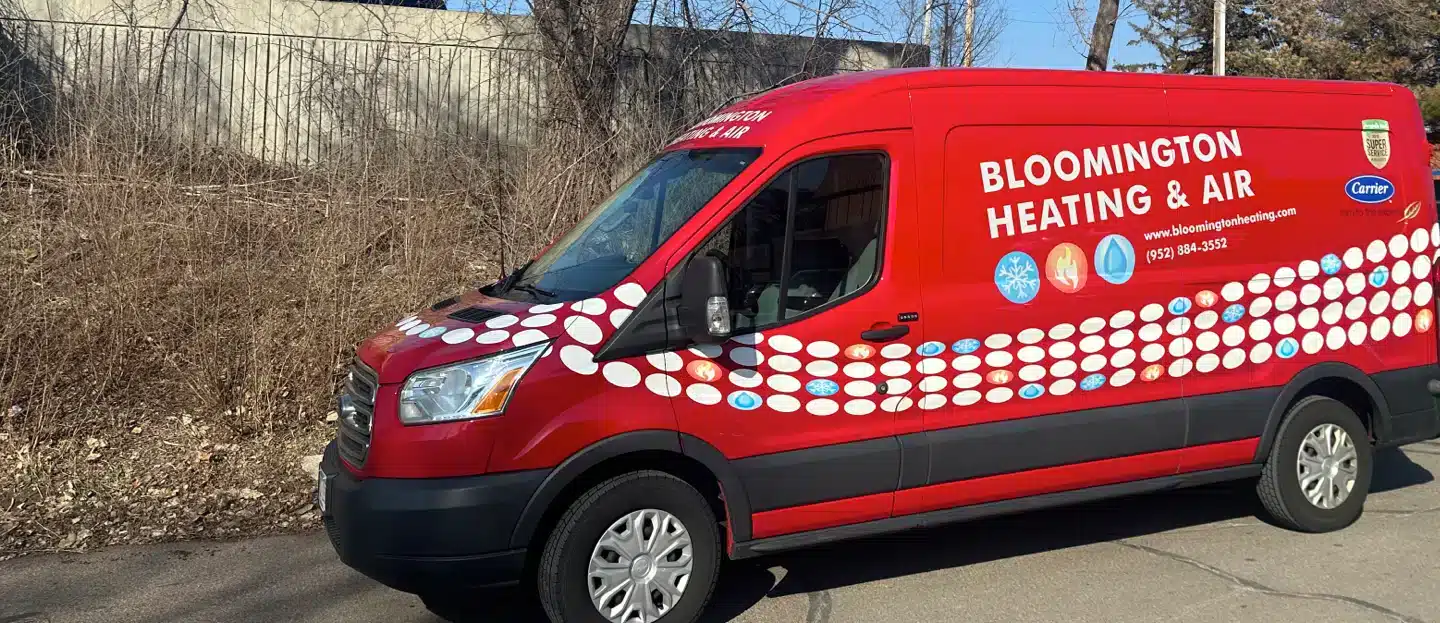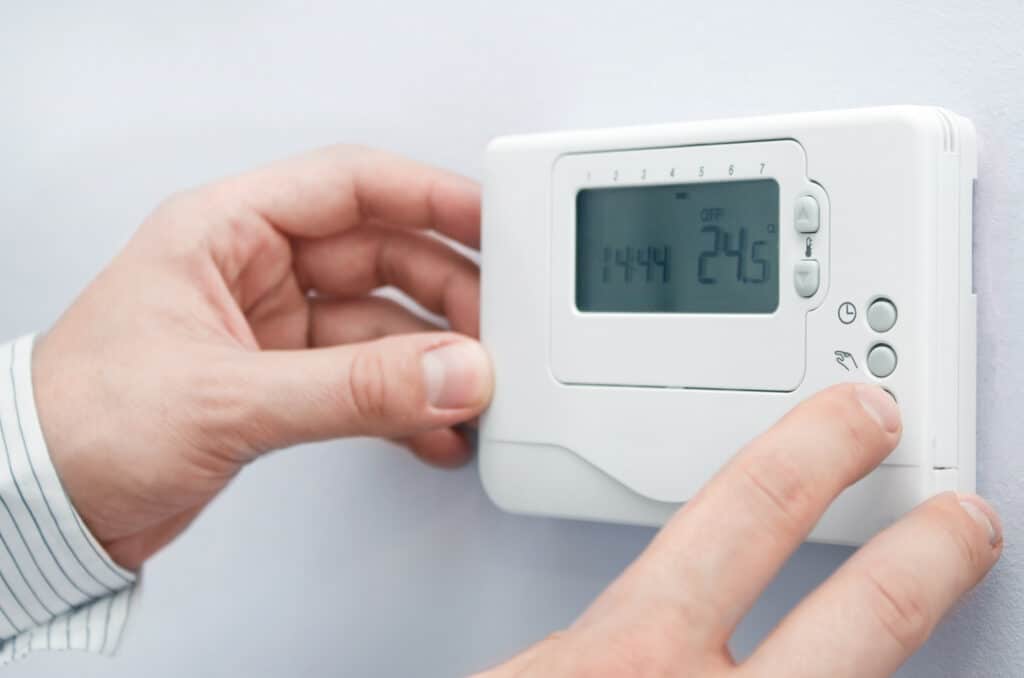
24/7 Emergency Phone Line
Family Owned & Operated
Licensed, Bonded & Insured
As the temperature drops, you rely on your furnace to keep your home warm and comfortable. However, when your furnace malfunctions, it can cause major headaches and discomfort. Identifying the signs of a failing furnace can save you time, money, and frustration. Oftentimes, these issues can be resolved with a simple repair. At Bloomington Heating & Air, we specialize in providing prompt and reliable furnace repair services. Contact us today to schedule heating services in Bloomington, MN.
The Furnace Won’t Turn On

One of the most common signs of a malfunctioning furnace is when it fails to turn on. Several factors could contribute to this issue, including a thermostat that is not set to heat, a faulty fan, or a pilot light that has gone out. It is essential to diagnose the root cause of the problem to prevent further damage and to ensure that your furnace is running efficiently. It is recommended to have your furnace serviced annually to detect potential issues, prevent breakdowns, and ensure that your heating system runs smoothly throughout the winter months.
Increase In Energy Bills
If your energy bills have skyrocketed this season, it could indicate a malfunctioning furnace. While several factors can cause an increase in energy bills, a furnace that’s underperforming or struggling to maintain a comfortable temperature is a likely culprit. When your furnace is not functioning optimally, it consumes more energy to generate heat, causing a significant increase in your energy bills. Checking the furnace filter is a good starting point, as a dirty filter restricts airflow, forcing your furnace to work overtime, which can result in high energy bills. Investing in the repair or replacement of your furnace is a long-term solution that can significantly reduce heating costs.
Strange Noises
Strange noises coming from a furnace are often indicative of a malfunctioning unit. While some level of noise is expected during furnace operation, an increasing amount of rattling, shaking, or popping sounds could signify that some mechanical elements have become loose. This issue can usually be resolved with a simple tune-up, which involves tightening all the bolts and fixing any loose parts. However, if the furnace suddenly stops producing any sound, it could be a warning sign of a more significant problem lurking beneath the surface.
Slowly Heats Or Does Not Heat Home
If you have noticed that your furnace is taking longer than usual to heat your home, or worse, it isn’t producing any heat at all, it is a clear sign that something is wrong with your heating system. This issue can lead to frozen pipes and other related problems. It can be caused by a range of factors, such as a malfunctioning thermostat, clogged air filters, or leaking ductwork. Ignoring these issues can lead to unprecedented repair costs in the future, so it’s highly advisable to address them promptly by seeking professional help from your HVAC technicians.
Water Leaks
It’s probably no surprise that if there’s a puddle of water around your furnace, it’s a sign of a problem, but what many homeowners don’t understand is that water is a natural byproduct of a gas furnace at work. Your first step should be to determine where the water is coming from. If you only see the leak when running your air conditioner, chances are that the water condensate line has a clog or a leak. If that’s the case, you have a relatively simple fix ahead of you. If the water is coming from the furnace itself, or if it is coming during the heating cycle, then there’s something more serious going on, and it may be time to call in an HVAC repair company.
Tripped Carbon-Monoxide Detector
Carbon monoxide is a colorless, odorless, and tasteless gas that can be deadly if inhaled in large quantities. Fortunately, most modern furnaces come equipped with carbon monoxide detectors. When the detector goes off, it signals that toxic gasses are present, and the furnace should be turned off immediately. It’s crucial to contact your gas company and an HVAC contractor as soon as possible to determine the source of the gas and fix the malfunctioning furnace. Additionally, if the pilot light appears to be yellow instead of bright blue, it could also be a sign of a carbon-monoxide leak. Therefore, it’s essential to have regular furnace inspections and schedule any necessary repairs promptly.
